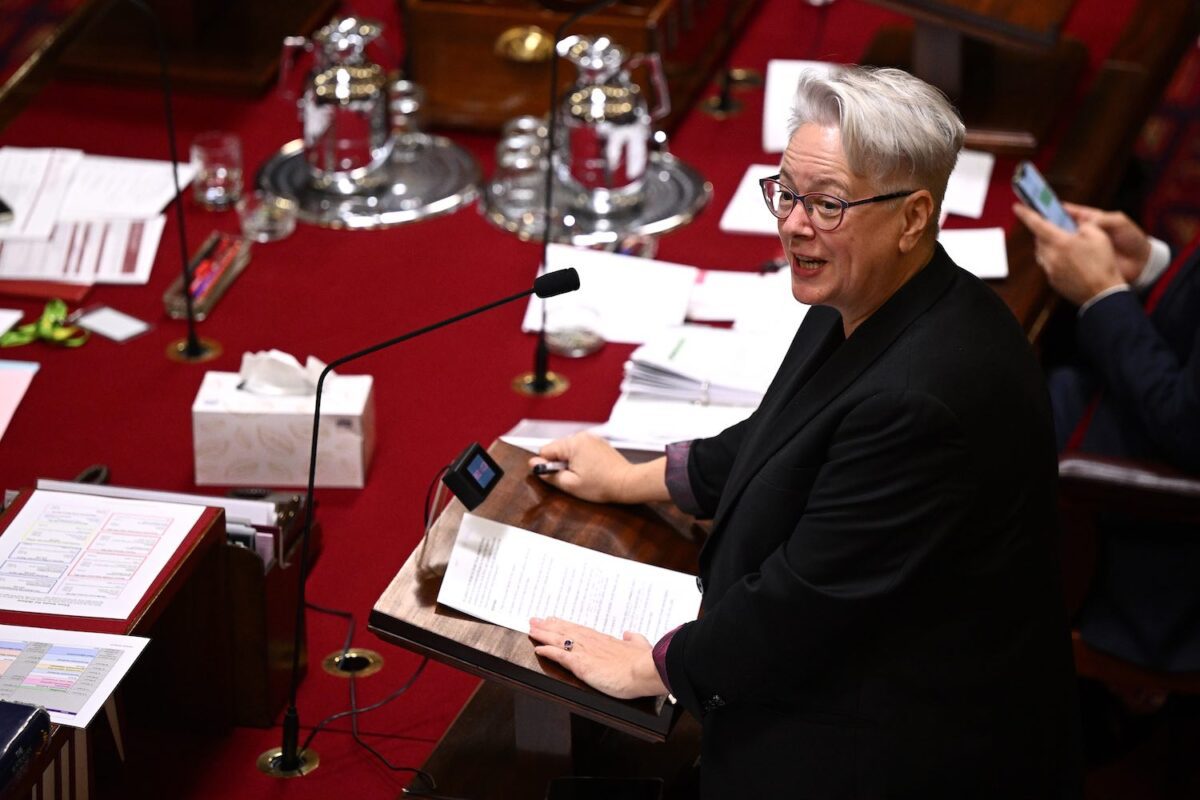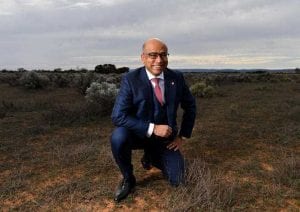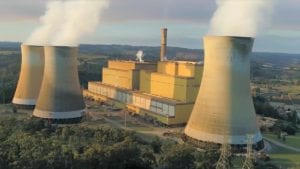Let’s make this pretty clear, because the Australian Energy Market Operator and the NSW government already have in the past week: The lights are not going to go out if Australia’s biggest coal generator, Eraring, closes as flagged in late 2025. But there might be other reasons to keep it going.
For one, there is the self interest of Origin. Most people assume it is losing money hand over fist from operating the 2.88GW plant, but in the last year it made money, thanks to high wholesale prices and the coal price cap.
Just how that evolves into the future no one knows. Other estimates suggest it might cost $400 million a year to keep it open – former energy minister Matt Kean suggested $1.5 billion a year, but that was only at the height of the energy crisis when coal got into really silly pricing territory.
Origin has estimated that the capital cost of keeping the station going is around $250 million, to which you must add any special upgrades and make calculations about the cost of coal and wholesale prices. Origin, it should be noted, is used to being “short” in the market. They must be good at contracting.
And then there is the Brookfield factor, the new Origin owner that needs to negotiate it way around regulatory and competition issues to take the control of the company, and embark on its planned $30 billion renewables and storage investment. Does it really want coal sooting up its green credentials?
So why is the NSW government bothering at all to talk to Origin? Mostly because this is about affordability and equity issues. If it can strike the right price with Origin/Brookfield to keep, say, one or two units spinning in reserve for an extra summer or two, it can be confident there will be little in the way of price gouging by the market.
That will happily get the Labor government past the next election in early 2027. But in a strong signal of the steep learning curve that NSW Labor has followed since talking about a “buy back” of the plant in the lead up to the last election, it is now talking about the advice it has received, and followed, from the industry over the last few months.
This was recognised by energy minister Penny Sharpe in the latest episode of RenewEconomy’s weekly Energy Insiders podcast, recorded on Wednesday.
“We spent a lot of time gathering the wisdom of many people in this industry. And it’s an industry that’s new to me … I wasn’t the shadow spokesperson (for energy) prior to the election. But, you know, a lot of their wisdom has been picked up and was reflected in the checkup.”
Indeed, NSW Labor has discovered there is a whole bunch of things it can do to reduce the risk on reliability and prices, and equity. One is reforming the planning regime, to ensure that wind and solar and battery projects don’t get stuck in the bureaucratic vortex.
Another is opening the path for more wind and solar projects to be connected to the existing distributed or local networks, as advocated by Essential Energy boss John Cleland, in another of RenewEconomy’s podcasts this week.
The third, and possibly most significant option, is dealing with the issues of equity. A lot of this is outlined in the response to the O’Reilly health check on the grid.
It includes co-ordination of consumer energy resources – rooftop solar, battery storage, energy efficiency – and making sure that renters and low income and other vulnerable households are embraced in this transition. Not only does that protect their interests, but it also boosts grid reliability, and support for the transition.
“There are parts of the checkout that didn’t get a lot of mainstream media attention,” Sharpe told the podcast.
“It’s about really concentrating on focusing on the opportunities in terms of consumer energy resources, we’re going to be doing a strategy about that.
“But more than that, I’m really keen just to harvest the enthusiasm within the community for the transition, and how we can … help them better access that and deal with the equity issues that are built into that.”
She said later: “The support for the transition within the communities is dependent on how they’re feeling and experiencing that transition. As we know, costs and electricity prices have been going up, we know the best way to get them down is to get more renewables in as quickly as possible.”
There is also the political exposure to the small business market. In energy terms, this is known as the C&I market – commercial and industrial customers – that are particularly vulnerable and have been worst hit by the surge in wholesale energy and gas prices.
NSW could save those customers a lot of money – and dodge a lot of political grief – by paying them to install a battery at their premises – it would deflect their exposure to peak prices, allow them to store on site solar, get protection against local outages, and beef up the security and resilience of the grid.
It’s clearly much better to spend tens of millions on local batteries than the mooted hundreds of millions to Origin and more coal fired pollution.
And, if prices continued to be a worry, there is even a a potential role for federal energy minister Chris Bowen to step into the fray.
About five years ago the state Queensland government was being railroaded by soaring energy prices in the local grid, so it rang up at least one of its state owned generator companies and told it to dial down the bidding strategies – and wholesale prices fell in an instant.
Bowen is the minister of the government that owns all of Snowy Hydro, which dominates the peaking generation market, through its portfolio of gas and hydro generators, and usually sets the price when they soar into the troposphere during evening peaks and other scarcity events.
Snowy controls that market so completely, they even sell insurance against their own bidding practices. And the closure of Eraring, even if it didn’t lead to blackouts, presents potentially more opportunities to exercise their control over the market and fill their depleted coffers.
But Snowy Hydro owes Bowen, and the rest of the country, a very big favour for the way they have completely stuffed up and mismanaged the Snowy 2.0 project, with massive delays and even bigger cost over-runs.
It’s not entirely certain that this is within Bowen’s powers. But if Snowy could pull its bidding head in, then that could avert a lot of damage to people’s wallets, and to the general public’s acceptance of this complex energy transition.
As Energy Insiders co-host and ITK principal David Leitch notes in this week’s episode: “It’s a people business, and I hope that whoever’s in charge of it has actually got the skills to get the job done. Because quite clearly, the hearts and minds part of it’s just not been won at the moment.”










